How To Cook Jute Leaves (Nigerian Ewedu Soup) is up today according to popular demands. I know some people would say who doesn’t know how to cook ewedu…lol. But trust there are some people that can’t cook it properly and I understand and I share the same sentiment that cooking ewedu might be tricky and I was being asked to make a post about it and to those that sent me private messages here you have it.
Jute leaves/ewedu soup is a very common soup in Nigeria and most homes cook it and very delicious if prepared well. Although, it is a simple soup still some people get it all wrong. You will notice stem hanging in your ewedu which is not what you want in your soup or the soup lose its viscosity “won’t draw/slime”…lol
I hope this post on how to cook jute leaves (Nigerian Ewedu Soup) makes it clear and easy to make whenever you try it again. If you’re cooking with fresh jute leaves/ewedu make sure you remove the stem and separate the leaves, you fold in the leaves then pull from the stem in between repeat the process with all the leaves this will help with the viscosity and the blended leaves will come out smooth if you know you I mean.
If you’re using fresh jute leaves, add a small quantity of water if it’s too thick start very small so you don’t add too much and lose its viscosity. For the frozen jute leaves the liquid that comes with it is enough for the cooking process. Also, you need to add a small quantity of bicarbonate (some people use Kaun) into the water you’re boiling before adding the ewedu if you’re cooking fresh ewedu.
However, if you don’t remove the stem it will make your soup chunky and takes time to make it “smooth” when blending or chopping with chopping broom(ijabe) and the most important it might not “draw”. Also, when you’re cooking the soup do not cover the pot at all because it will lose its viscosity and can make the soup brown.
My kids don’t like locust beans (iru) so I tend to blend it with the leaves when blending but in this recipe, I didn’t blend (because they were not eating) it but you can do that if you don’t want to see the traces of the locust beans (iru) or don’t cook with it.
Ewedu is one of my favorite soup and I love the flavor the ground crayfish adds to the soup but I only use just a little (which goes a long way) in other not to overpower the soup taste but you can do you, just add as little or as much as you like and that goes with the melon used in the soup too.
Wondering which soup recipes go well with ewedu soup? check the links below;
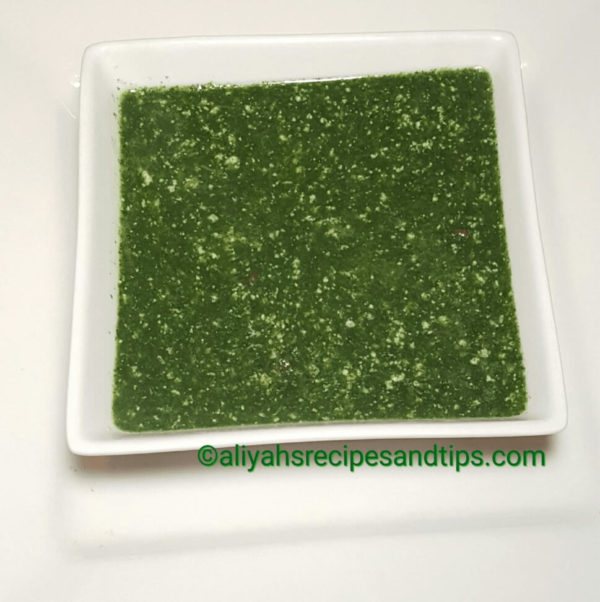
- 2 Packs Frozen or fresh Jute leaves (Ewedu)
- 3 Tablespoons Ground melon (optional)
- 1 Tablespoon Ground crayfish
- 1 Tablespoon Locust beans (optional)
- Knorr seasoning bouillon powder or cube (your choice)
- Salt to taste
-
For Frozen: If you’re using frozen jute leaves (ewedu) thaw and make sure the liquid is intact.
-
For fresh Jute leaves: remove the leaves from the stem and rinse under cold water to remove any dirt from the leaves.
-
Boil a cup of water (depending on the quantity of the leaves), you need to add a small quantity of bicarbonate (some people use Kaun) into the water you're boiling before adding the ewedu. Add the cleaned leaves and bring to a boil. Blend in a blender (be careful when you’re blending it's hot or better still leave it to cool down) Complete with the steps below. If you’re using the chopping broom (ijabe) instead of blending use the broom.
-
Add to a blender and boil with the liquid included in the pack, blend until you can't see the chunk of leaves or to your desired texture.
-
Pour into a saucepan or pot and bring to a boil (do not cover) on high heat, reduce the heat, then sprinkle the ground melon (egusi) and stir.
-
Add the locust beans (if you’re using), seasoning, ground crayfish, salt, ground melon (if you’re using) stir, and simmer for 2-3 minutes.
-
If you’re using fresh jute leaves, add a small quantity of water if it’s too thick start very small so you don’t add too much and lose its viscosity. For the frozen jute leaves the liquid that comes with it is enough for the cooking process.
-
Check the seasoning and take off the heat.
-
Serve with your favorite pepper stew/soup and eba or your favorite swallow.
-
Enjoy!
Don’t forget to subscribe to the Aliyahsrecipesandtips newsletter for free and receive the new post notifications right into your inbox.
If you try any of my recipes, please feel free to rate and leave your thought. Also, I will love to see what you come up with please tag me on social media @aliyah’s recipes #aliyahrecipes
Follow me on social media, just click on the links below:
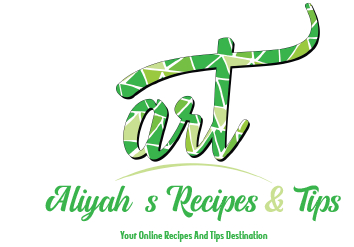
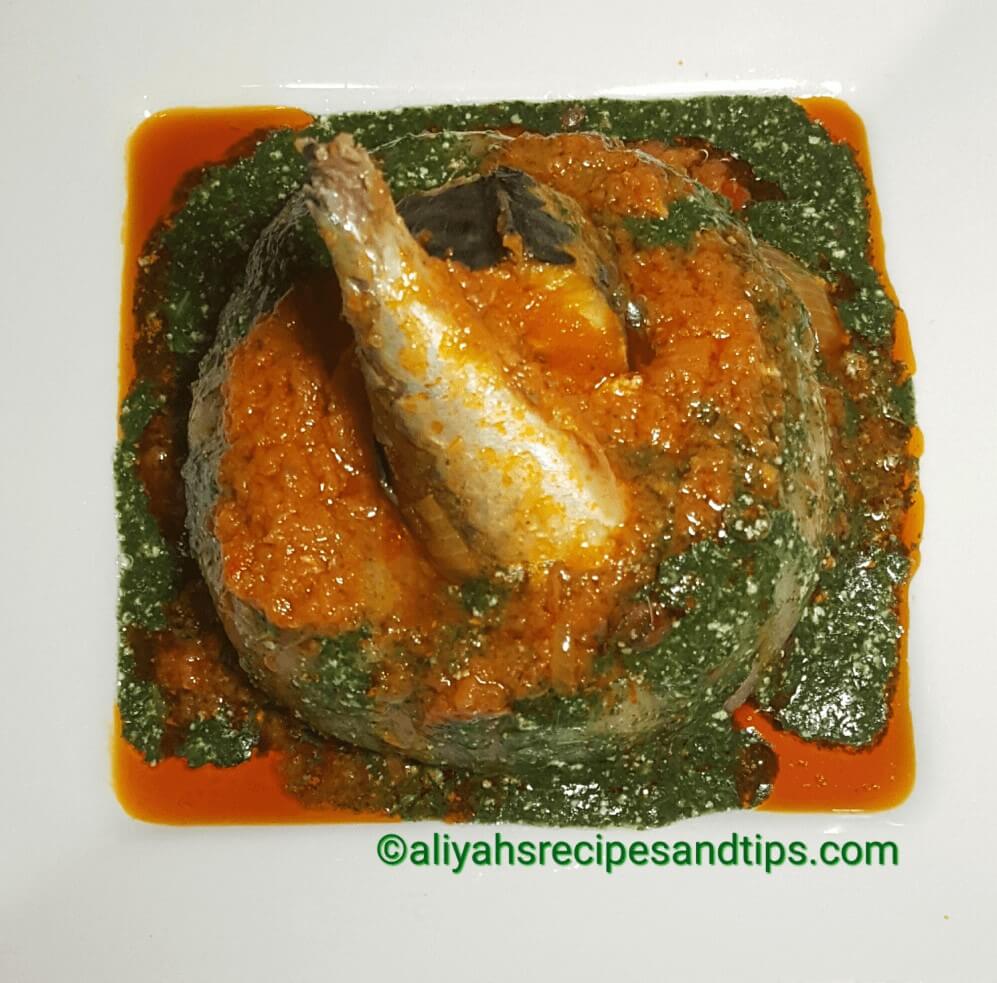
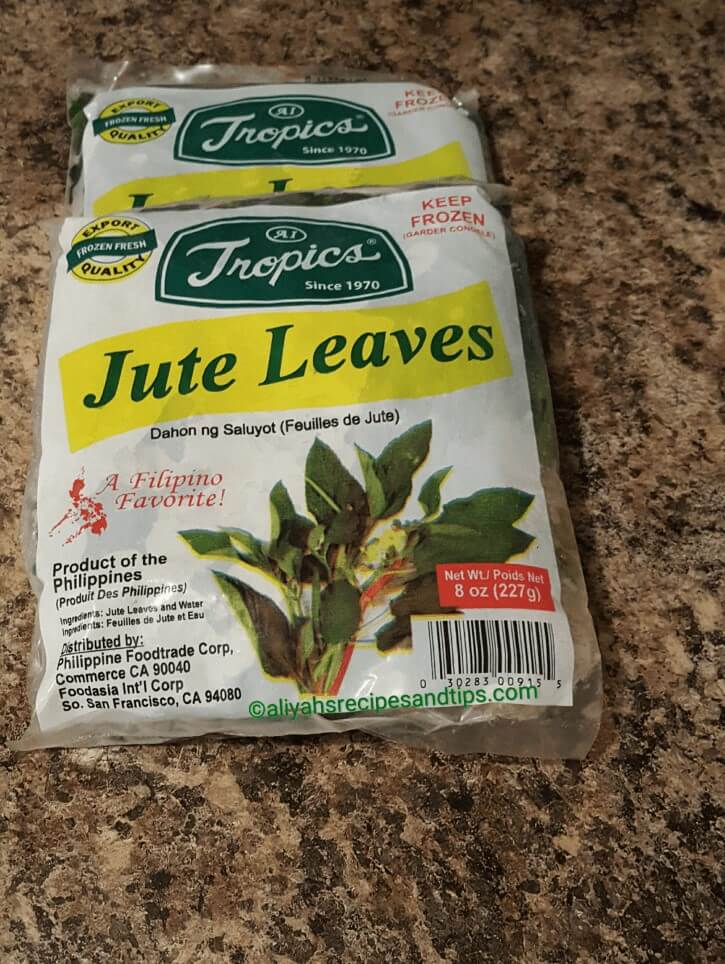
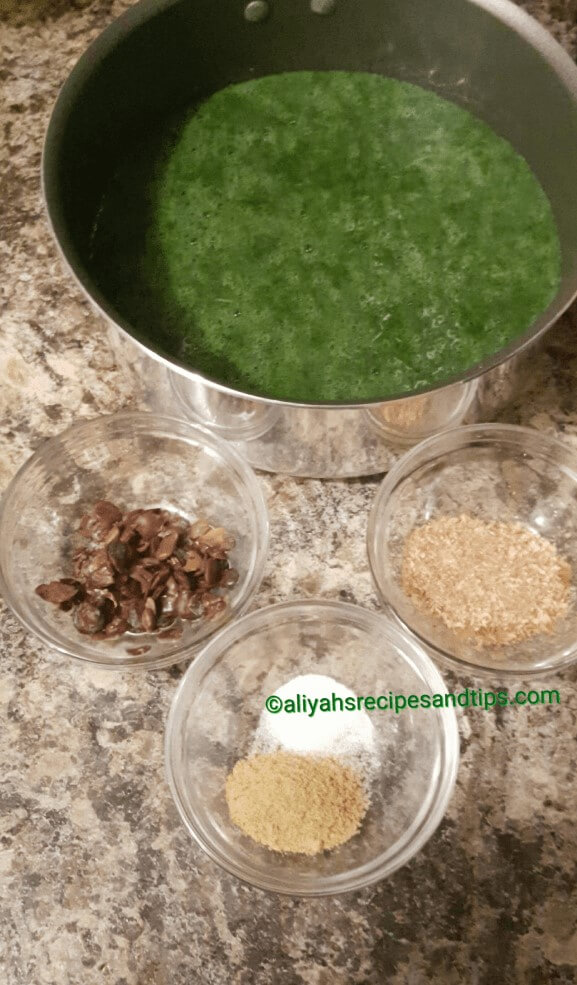
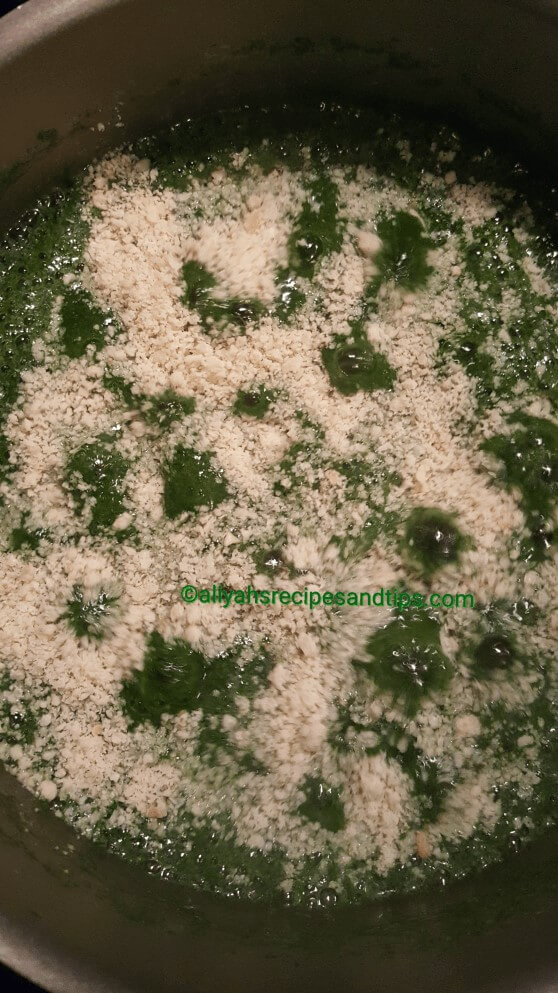
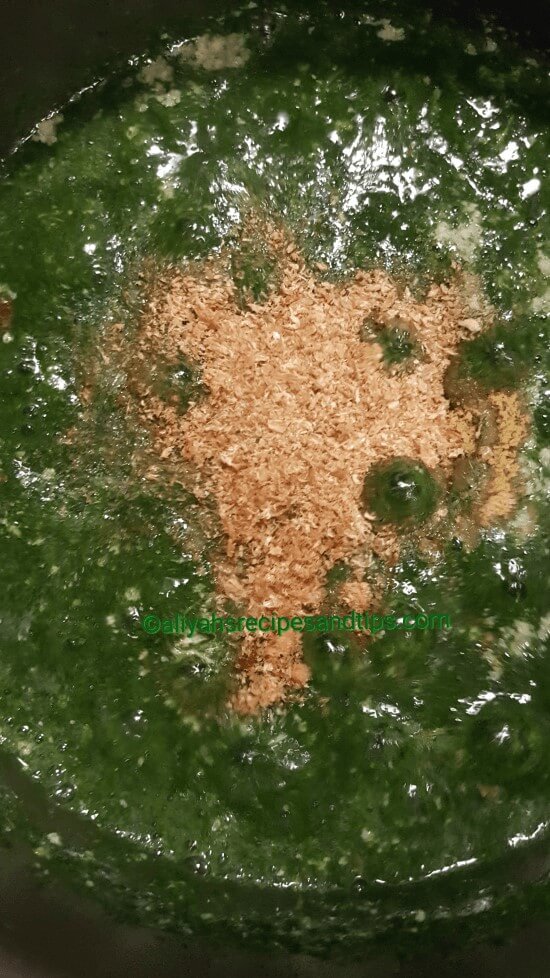
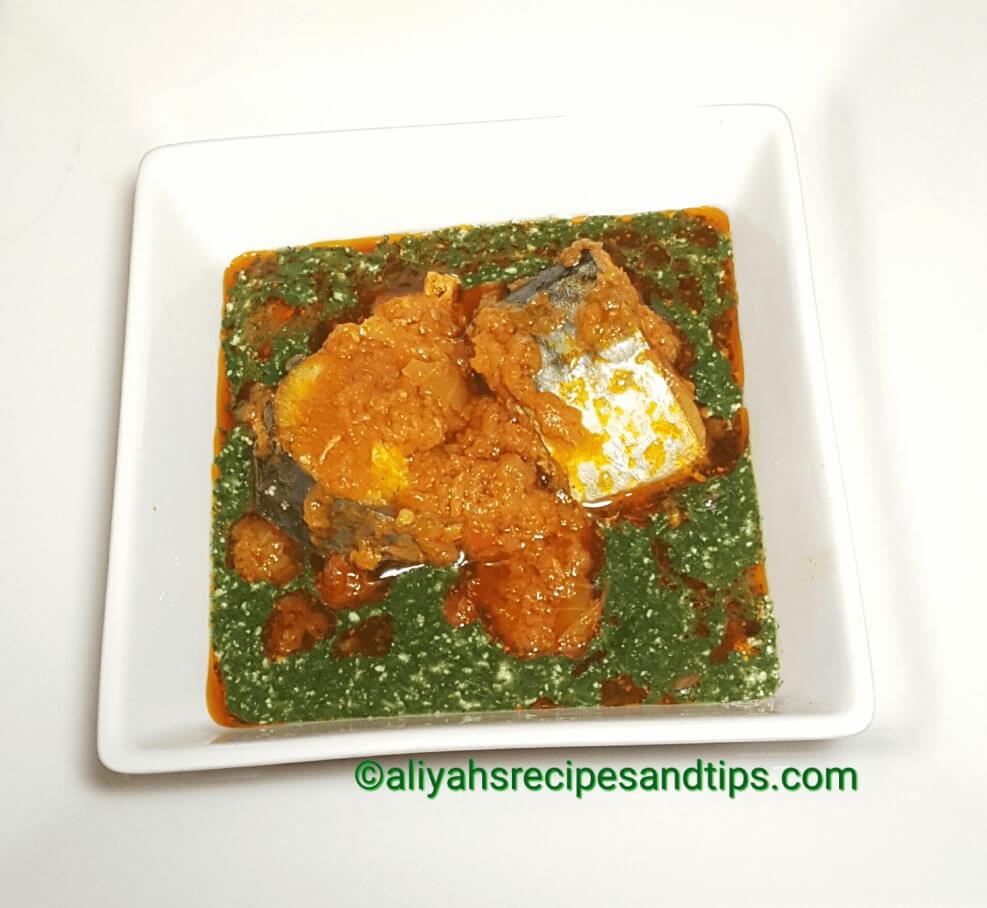
Hello Aliyah! Thank you for your post! I came here looking for the cauliflower swallow method, and this caught my eye.
You mentioned taking out the jute stalks to ensure viscosity in the finished product. How does that work with the frozen version? Doesn’t it come already chopped and kinda lumped together, much like frozen kale?
Hi Michelle,
For the frozen version the stalks would have been removed so you don’t need to remove it.
That being said, if you get one that has not been removed and the stalks are visible just pick them out after you that it.
Thank you for stopping by.
Will the frozen leaves draw without potash
Hello Quay,
Yes! Just make sure you blend with liquid it comes with.
i love this Ewedu Soup method
Thank you for stopping by.
I’ve used this Cook Amala & Ewedu Soup Recipe and it works great. Thank You Aliyah
Hello Ebuka,
I’m glad it works great for you!. Thank you for the feedback.
Will the frozen leaves draw without potash
I av used dis method in cooking,it really nice
Thank u very much aliyah…
Hello,
Thank you for the feedback.
Much Appreciated!